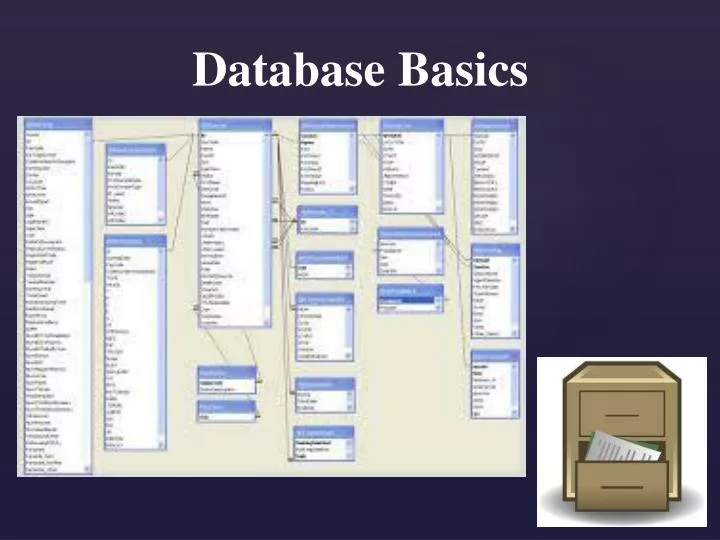
#There can be multiple ways to drop rows but let's see two ways #The following command replaces strings having a single space character with NaN and then uses dropna() function to remove the rows as discussed earlier.
Obviously you cannot compute mean for string values, but comparison and regex can be used to find strings of undesired format and replace them with a value of your choice or drop the corresponding row. In case inplace = False a new data frame is returned after the necessary operations are applied. #Fill missing values with zeros df.fillna(0, inplace=True) #Fill missing values with column mean mean = df.mean() df.fillna(mean,inplace=True) # inplace = True parameter modifies the original dataframe. Instead of dropping the rows you can choose to replace the NaN value with say 0 or replace it by say using the mean of the respective column. #To get the count of null values in each column use the following syntax df.isnull().sum() #Dropna removes rows containing NaN values.
BASIC DATA HOW TO
Let’s see how to handle not a number (NaN) value. Another convincing way is to impute missing data. The most naive approach to clean the data set will be to drop rows which contain unwanted values. Let’s discuss on how to clean the data set in the next section.Ī summary of familiarising with the data set. In some cases you might see unwanted values that you want to get rid of, say NaN in case of numbers or empty values in case of strings. The above command will help you to see you the frequency of each item stored in ‘col’. Let’s see different type of data that is stored in the column. The info() function returns a summary of data frame along with the data type for each column. For example, if the column is of float or integer data type then you can apply functions like mean() and max() over them. It helps you to apply appropriate functions to column. It is really helpful if you know the data type of data stored in a column. Having seeing the data let us try to understand the data better. The following variation shows the first 10 row.

You can pass an integer value to view more or less rows. df.head() # The default behaviour of head() is to show the first five rows of the data. The tail() function is used to look at the bottom rows of the data set. You can use the head() function to take a look at the starting rows of the data set. Once you know the size of data let’s take a look at how does the data look. #Assume that the data is stored in a variable df rowsInData = df.shape colsInData = df.shape #A concise way rowsInData, colsInData = df.shape Let’s begin by seeing the number of records in data set. Once you have read your data, the next step is to make yourself comfortable with the data set. If names parameter is not specified then columns are indexed starting from 0.Ī summary of read_csv() function. In this case you can explicitly specify column headings as - df = pd.read_csv("path/to/file.csv", names=) df = pd.read_csv("path/to/file.csv", header=None) However, the following variation dictates to use the first row as a part of data. The default behaviour of read_csv() assumes first line in a CSV file to be column headings and uses it as the heading for the data frame created. The above syntax is pretty standard and is sufficient most of the times. import pandas as pd df = pd.read_csv("path/to/file.csv")

Reading the data.Īlthough data can be available in multiple format but for the sake of discussion let us assume the data to be in Comma Separated Value (CSV) format.

The article also discusses on performing basic operations such as querying, sorting and visualising Pandas data frames. One of the motivations behind this article is to understand how to prepare data for further processing. However, to be able to draw graphs the data has to in a certain format. It is relatively easy to draw graphs using libraries say Matplotlib or query the data.


 0 kommentar(er)
0 kommentar(er)
